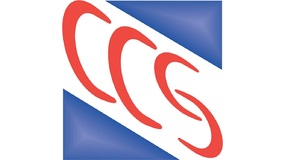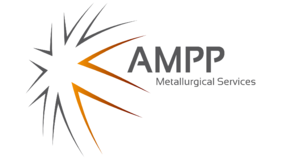TextureJet’s Stat® technology was already proven to achieve higher quality edge finishing
TextureJet has completed an extensive research project into the repeatability of edge break treatments on nickel superalloy using its electrochemical jet machining technology.
TextureJet’s Stat® technology was already proven to achieve higher quality edge finishing in a White Paper published in 2024. This result was achieved through increased repeatability and precision compared to the current methods utilised in edge finishing of aerospace components.
The new research shows that compared to manual brush deburring, TextureJet achieves four times more precision and, compared to automated brush deburring, it achieves nearly two times more precision.
For precision component manufacturers this means better control for the edge profile created, which will improve the quality of the products processed.
The research demonstrates how TextureJet’s electrochemical jet machining technology offers distinct advantages in terms of safety, sustainability and repeatability compared to current methods in edge finishing.
The results show that TextureJet’s Stat® process, utilising an automated delivery system, consistently achieves edge break results well within aerospace specifications and demonstrates the scalability of creating a wide range of different radii to suit exacting part specification.
The technology can lead to significant savings due to reduction in both reprocessing and scrappage experienced with current methods.
Edge finishing for metal components can include edge rounding and edge breaking, which are techniques that can be used to make the edges of metal sheets look attractive, as well as being safe and functional as burrs and sharp edges are removed.
However, this definition understates its vital importance, in particular for components used in safety critical applications. Components under stress with untreated sharp edges can induce high stress concentrations which cause stress cracking in service and lead to complete product failure.
Click here to read more.






